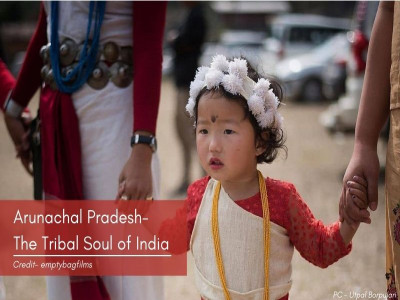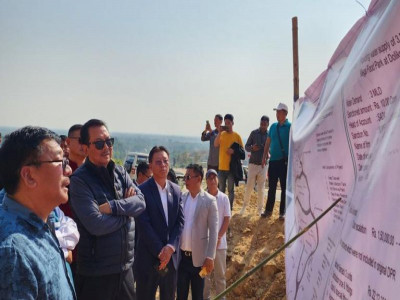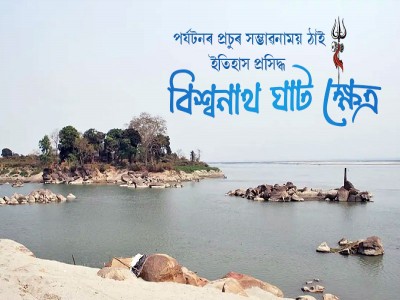
The Patkai Hills – a range with history
The
Patkai range is one of the richest in biodiversity in the world. Patkai is a
high mountain located in the easternmost part of our state of Assam and extends
to nearby states - Arunachal Pradesh and Nagaland as well as border country
Myanmar. It is a dense evergreen rainforest. The Patkai is also the source of
several rivers in Assam like- Budhidihing and Nadihing. The Nadihing River
originally flowed under the name 'Diom' from the confluence of the Mishmi and
Patkai Hills. Other rivers originating from the Patkai are the Namphuk, Tirap,
and Dibang River. In addition, several other rivers and tributaries originate
from the Mishmi Hills of the Patkai range and flow through Arunachal Pradesh to
Assam.
The
great Patkai is home to several diverse ethnic groups. The first rays of the
sun shine through this mountain in our state of Assam.
History of Patkai
The
Patkai Hills are one of the most historically famous places in the world.
Patkai is one of the mountainous routes of international migration. One of the
world's major silk roads from Yunnan Province in China to India from the central
and western parts was established across the Patkai. The Stilwell Road (also
known as Ledo Road) was built during World War II across Patkai. Patkai is
deeply associated with the political history of Assam. Chaolung Sukaphaa, who
came from the kingdom of Mongmao in the Yunnan region of China, crossed the
Patkai hills and established the Ahom kingdom in Assam. The Mans (Burmese) came
to invade the Ahom kingdom through the Patkai. It is through the Patkai Hills
that various ethnic groups such as the Singpho, Tangsa, Nakte, and others came
from Burma (presently Myanmar) and settled in old Assam. Several small tribal
kingdoms were established in the foothills of the Patkai. Assam’s first oil
wells and coal mines were discovered at the foothill of the Patkai.
Natural
Resources
The
Patkai region is known for its biodiversity and natural resources. Namdapha
National Park in Arunachal Pradesh is world-famous. Snow tigers and coconut
tigers are found together in this national park. According to a research paper
published by scientists, there are 13 species of earthworms, 5 species of
leeches, 430 species of insects, 140 species of butterflies, 76 species of
fish, and 25 species of birds in the Namdapha area.
Dehing
Patkai National Park situated at the foothills of Patkai Hill Ranges, on the
banks of River Dehing, and adjacent to the Namdapha Wildlife Sanctuary, is
considered one of the few remaining lowland tropical rainforests in mainland
India. It is located in the Dibrugarh and Tinsukia districts of Assam.
The
Ethnic Groups
One
of the significant characteristics of Patkai is the diversity of ethnic groups
and their folk cultures. The Patkai Hills are home to various minority ethnic
groups and have created cultural diversity. Many of the ethnic groups living in
this region are unknown to the world. Even we the people of Assam do not know
how many diverse ethnic groups live in the Patkai region. Several ethnic groups
living in the Patkai region have already lost their languages and traditional
culture and customs.
Apart
from Nagaland, a large part of Arunachal Pradesh belongs to the Patkai Hills.
The Hills are inhabited by the Nagas in Patkai as well as many other tribes in
Arunachal Pradesh. The Khampti, Singpho, Tangsa, Tutsa, Nakte, and Wangchu
people are the notable tribes of the region. These major tribes also have many
sub-tribes. There are 18 sub-ethnic groups of the Tangsa ethnic group. Thus,
most of the major ethnic groups have many sub-ethnic groups. Their diversity of
society, way of life, and traditional culture that Patkai houses are rare in
the world.
Disclaimer: The opinions expressed in this article are those of the author's. They do not purport to reflect the opinions or views of The Critical Script or its editor.

Newsletter!!!
Subscribe to our weekly Newsletter and stay tuned.

















Related Comments